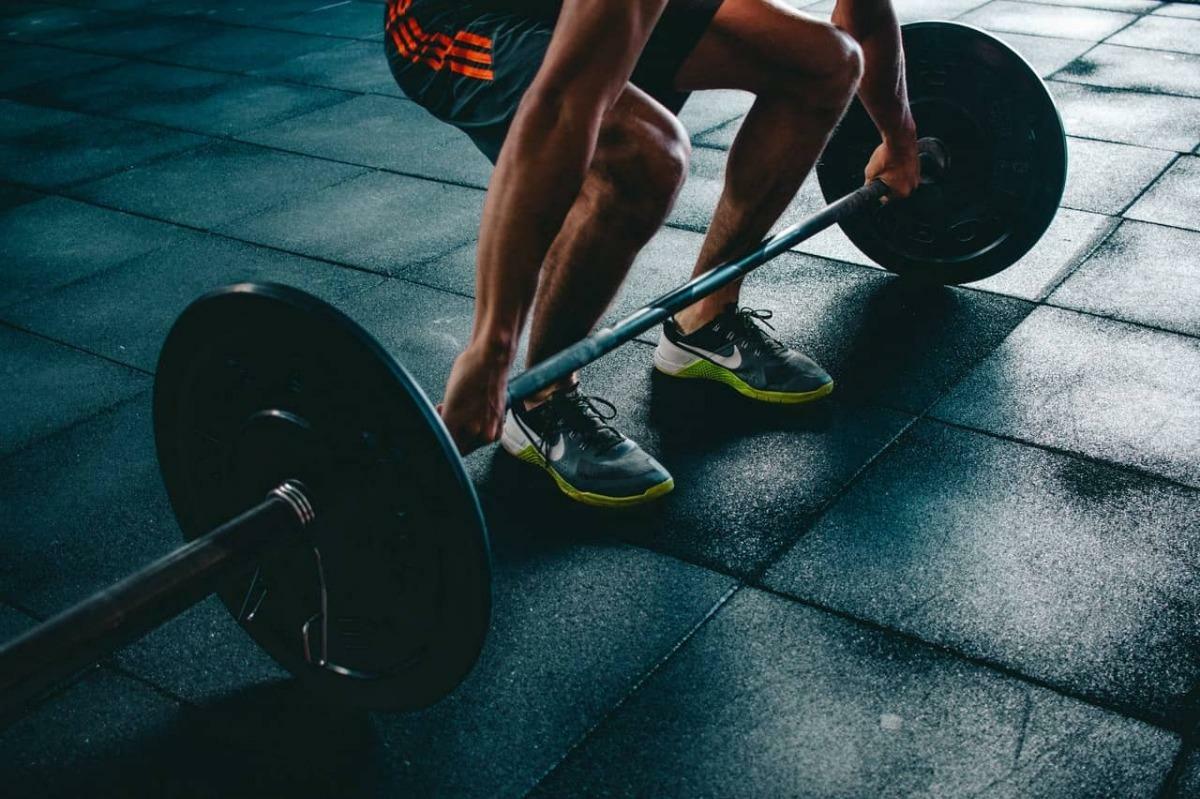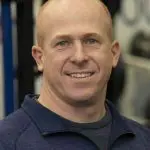
So, you’re at the gym doing your last set of deadlifts. They’re heavy. You approach the bar, wrap your hands around it, and attempt to pull the bar into position. The fatigue that you’re feeling in your legs and glutes make it difficult to pull yourself into an adequate start position with a proud chest and flat back.
Instead, you sort of halfway back your shoulders and let your low back round slightly before you start to pull. You begin to pull and the bar moves about a foot off the ground before coming crashing back to the earth as your legs buckle and fall to the ground holding your low back.
Hopefully, this hasn’t been you but unfortunately, this is a common story with many people getting back in the gym after the holidays. However, It’s not just the over ambitions New-Years-Resolution-ers that this happens to.
This is something that I have seen occur with some of the most well-trained athletes around. Typically, the injury comes from a lapse in concentration and improper form due to fatigue, and almost always from an activity involving loading a flexed spine.
Bulging discs or herniated discs can present in multiple different ways. Our Knoxville chiropractors, Dr. Matt and Dr. Solomon, have seen many cases. Frequently you will have increased pain with coughing, sneezing or straining. Often bending forward will cause sharp, breath-taking pain. Bending backward is usually painful as well but doesn’t have the same “catching” type pain.
The pain can be localized or involve one of the main nerves running into your leg. When this happens the pain can be felt into the gluteal region, thigh (front or back), and in severe cases down to the foot. Numbness and tingling can be involved as well.
When a disc bulges, the inside material of the disc (which can be thought of as super viscous jelly within a jelly doughnut) is put under an immense amount of pressure and presses up against the outer material (a super rigid, durable, fibrotic capsule around the jelly) with so much force that it causes this rigid layer to deform and bulge.
The most common types of disc bulge are the posterior and posterolateral bulge. When the disc bulges in this manner it presses backward onto the nerve roots located directly behind the disc. This causes many bad-news-bears types of symptoms such as leg or foot weakness, numbness, tingling, and in worst case situations, loss of bowel or bladder function. In the event that you ever begin to lose bowel or bladder function along with severe low back pain don’t pass go and collect $200, go straight to the ER as this is an emergency situation.
It is important to note here that disc bulges are nothing to take lightly. True, in time they will likely resolve on their own but there can be residual effects like weakness, atrophy and loss of sensation and likely much longer recovery time. For the initial, acute phase it is recommended to see a Chiropractor that can conservatively treat a disc bulge or herniation.
I will say that as a Chiropractor, I would almost rather treat someone with acute disc pain than anyone else, simply because they respond so well to our type of care. A Chiropractor or Doctor will work with you to generate a strategy for getting you functional. Once through the acute stage of the disc, you can start talking about things like the gym.
In the event that you are cleared to go to the gym after a herniated disc (nerve sensations are decreasing far away from your spine, pain is decreasing, the function is being regained) there are certain things that you should and shouldn’t do. Flexion based exercises are to be avoided as much as possible.
Some examples of these are sit-ups, deep squats (below leg parallel), cable rows, etc. The basic premise here is that when you flex the spine, such as nodding the head or bending forward such as to touch your toes, you put pressure on the front of the disc thus pushing it further back and into the nerves.
So, by this same manner of thinking, an extension such as looking up at the ceiling or bending backward will put pressure on the back part of the disc thus moving it forward, away from the nerves and back to its pre-existing location. Therefore, press ups, the cat-cow movement, pelvic tilts, and some types of glute bridges are a few that would be great for getting past the condition.
The hip hinge is a movement that needs to be practiced as well as it teaches you to bend at the waist while maintaining a braced and neutral spine. Check this video for an example of what I’m talking about.
A Note on your first time back
The first few times in the gym should be thought of less as a way to burn calories and build muscle and more of a therapy session so that you can get back to exercising safely and effectively. Be sure to clear with your Chiropractor or Doctor before beginning to do exercises that may have started the condition in the first place. The gym can be an incredibly useful place in the rehabilitation of a disc injury, it just has to be used to right.
Here at Knoxville Spine and Sports, all of our Doctors practice Chiropractic. Chiropractic is a non-surgical method to approach treating herniated disc disorders and relieving pain. Using a chiropractor for herniated disc treatment is more common than many think.
We have successfully treated hundreds of patients, athletes and not, who experience the discomfort of a herniated or bulging disc. Our office also utilizes a full body approach to make sure that you have a program in place to prevent this issue from recurring again in the future.

430 Montbrook Lane Suite 203
Knoxville, TN
37919
Phone: 865-337-5574
Monday
7am-12pm & 1pm-6pm
Tuesday
7am-12pm & 1pm-4pm
Wednesday
7am-1pm
Thursday
7am-12pm & 1pm-6pm
Friday
7am-12pm & 1pm-4pm
Saturday & Sunday
Closed